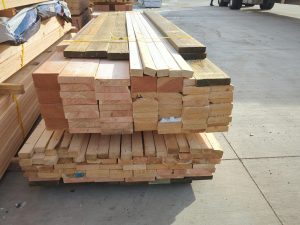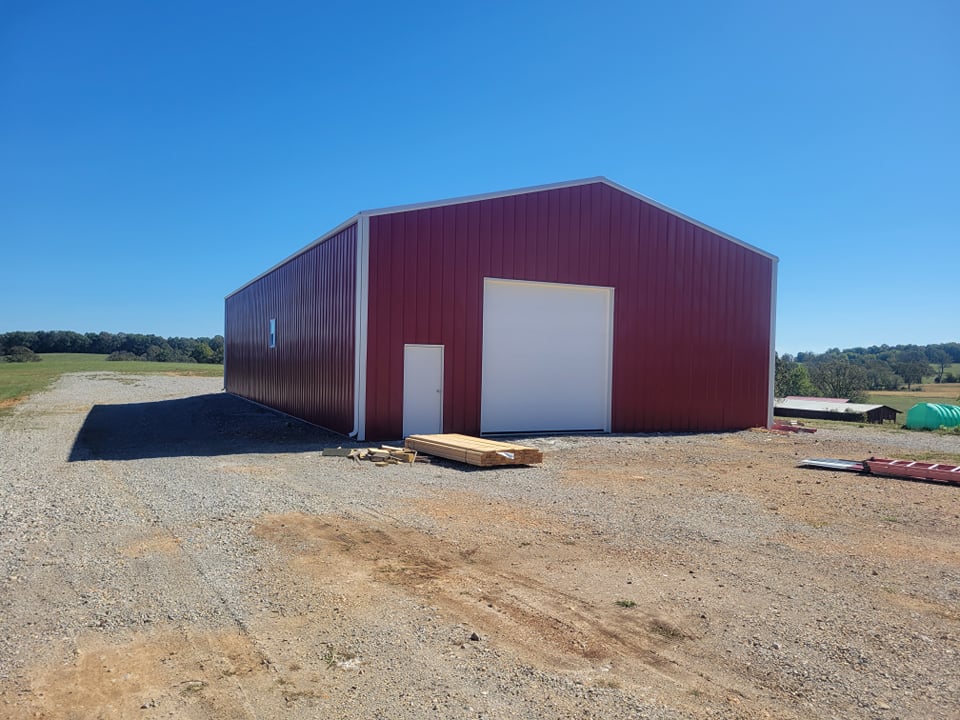In the United States, there are four prevailing species of timber which is used for framing lumber.
Douglas Fir-Larch – which includes Douglas Fir and Western Larch (Tamarack). Prevalent along the West Coast, it is also known as Oregon Pine or Red Fir.
Hem-Fir – another western lumber species group which includes California Red Fir, Grand Fir, Noble Fir, Pacific Silver Fir, Western Hemlock and White Fir.
Southern Pine – prevalent in the south, includes Loblolly Pine, Longleaf Pine, Shortleaf Pine and Slash Pine.
Spruce-Pine-Fir – predominate in Canada and includes Alpine Fir, Balsam Fir, Black Spruce, Engelmann Spruce, Jack Pine, Lodgepole Pine, Red Spruce and White Spruce.
Once or twice a year, we get a request for a specific lumber species to be used for framing materials. It appears  to be more a case of consumers having either had personally, or second hand, an unsatisfactory experience with a lumber species other than what they are requesting. Usually this has nothing to do with the material itself, but is more a function of how the materials were handled or stored on the jobsite, than any other factor.
to be more a case of consumers having either had personally, or second hand, an unsatisfactory experience with a lumber species other than what they are requesting. Usually this has nothing to do with the material itself, but is more a function of how the materials were handled or stored on the jobsite, than any other factor.
As far as strength comparing 2×6 #2 material of all four species, the Fiber Stress in Bending (Fb) values range from 1250 psi (pounds per square inch) for Southern Pine to 1105 psi for Hem-Fir. Roughly a 13% difference in resistance to bending forces.
In most cases, we design Hansen Pole Buildings to the lowest strength qualities of these four groups. By doing so, we eliminate the possibility of a distribution center inadvertently shipping a species other than what was specified on our plans.
In doing research, I learned something new. There is a direct relationship between density of wood and shrinkage values. Species with higher density shrink more than those with lower density. Lumber density is measured by specific gravity (G). The specific gravity of Southern Pine is 0.55, Douglas Fir-Larch 0.5, Hem-Fir 0.43 and Spruce-Pine-Fir 0.42. This is a spread of nearly 31%!
Even though the shrinkage values are relatively low, they still play a significant role in designing wood structures. If shrinkage of wood is not taken into consideration during the design stages, certain construction defects such as warping, cracking, and buckling may occur, lowering the overall quality of the finished product.
By using kiln dried lumber, Hansen Buildings minimizes any shrinkage issues with any lumber species they use. Some our competitors use what is known as “green lumber”, which is subject to all of the unfavorable issues I just mentioned. Bottom line, don’t worry as much about the species as you should about how to properly store and quickly use lumber. And insist upon kiln dried lumber for minimal shrinkage overall.









